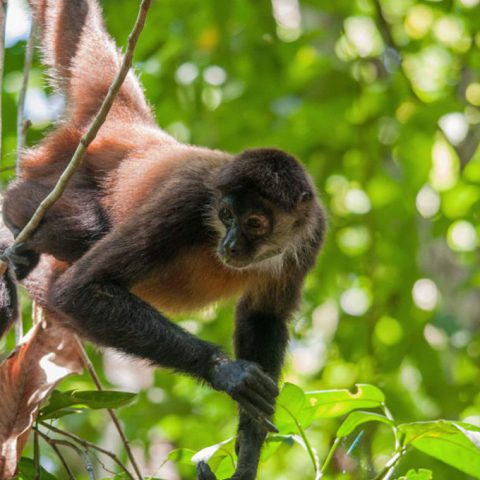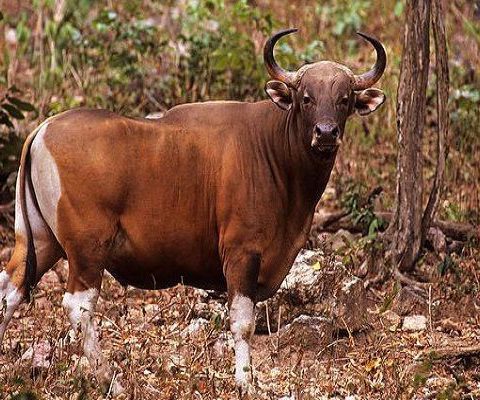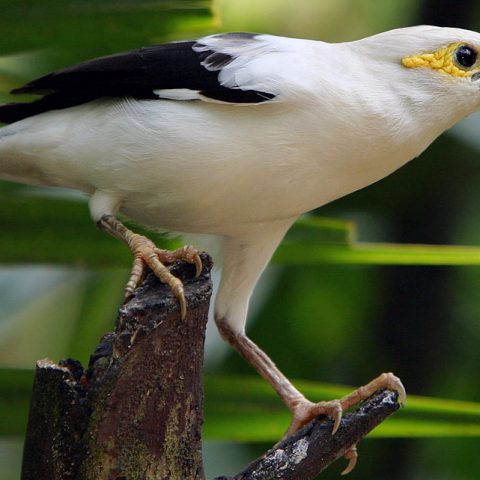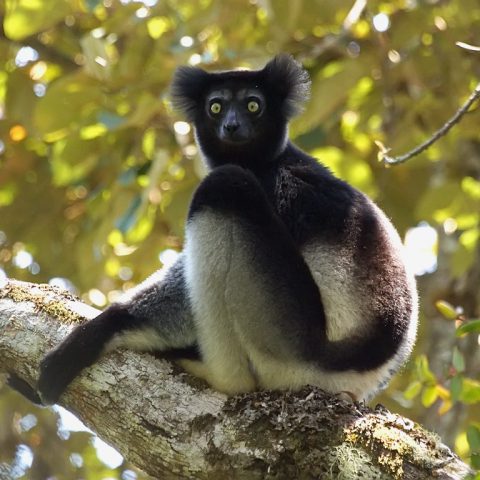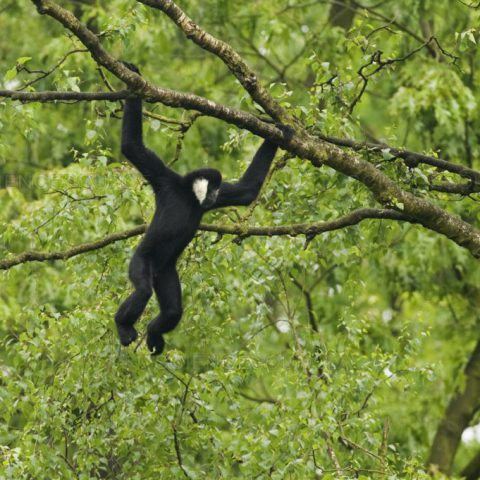Riverine Rabbit
![]() Critically Endangered
Critically Endangered
Population
The current wild population is estimated to be around 500 individuals with a further 1,000 in captivity
Size
34 to 48 centimetres with a 7 to 11 centimetre long tail
Weight
The species weighs between 1.5 to 1.8 kilograms
Countries
South Africa
Distribution
The species is only found in the central and southern areas of the Karoo desert in the Northern Cape Province.
Description
The Riverine Rabbit looks very similar to other rabbits, but it’s ears and body is generally longer than most rabbits. A black stripe runs from the corner of the animal’s mouth across its cheek can also be used to identify the species along with a white ring around each eye. It also has a brown woolly tail, cream or greyish-coloured fur on its belly and throat, and a broad, club-like hind foot. The tail is a pale brown with some black towards the tip.


Quick Facts
Key behaviour of the Riverine Rabbit includes:
- The species is very solitary
- The species is nocturnal
- Riverine Rabbits have 28 teeth
- It produces two types of droppings. While active during the night the rabbit will produce hard droppings, and during the day droppings are soft, taken directly from the anus, and swallowed. In this way the riverine rabbit obtains vitamin B, produced by bacteria in the hind gut, and minerals such as calcium and phosphorus are recycled
- Nests are 10-15 centimetres in diameter and 25 centimetres long. These are used for babies which is unlike other rabbits
- Males mate with more than one female per season
The Riverine Rabbits eats primarily riparian vegetation along rivers. They also eat flowers, grasses and leaves.
The species main habitat includes river basins and very particular shrubland around seasonal rivers which can lead into desert terrain, none of which is protected.
The main threats to the existence of the Riverine Rabbit are:
- Predation by birds of prey
- Agriculture destroying prime habitat and displacing the species
- Isolated populations causing hard times for the species to breed
Conservation Efforts
Currently there are no specific conservation efforts other than the Endangered Wildlife Trust which is simply starting to put in effort into researching and learning more about the species as very little is known about it in comparison to other animals.



